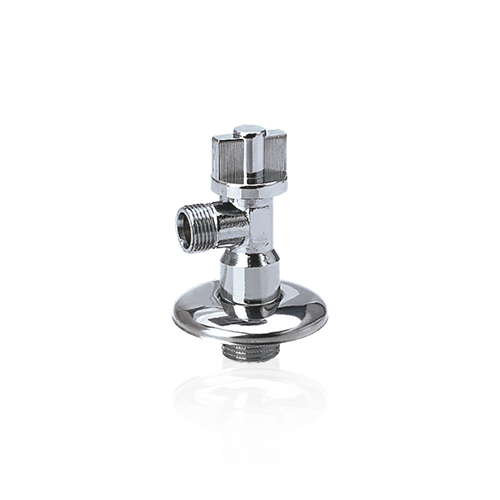The pipe thread angle valves come in white, red, blue, and gray. Male threads are used in this type of angle valve. Pipe threads follow the National PT-SPT standard. All types of pipes can use a pipe thread angle stop. PEX and poly pipe angle stops are attached using clamp rings. The ring should rest at least 1/4 inch from the end of the pipe to ensure that the angle stop is securely installed.
If you are replacing an old angle stop valve, the first thing to do is determine if you need to replace it. An older angle stop valve has failed to hold water, causing it to burst and leak. A modern angle stop valve will last longer because of its stainless steel construction. This material also ensures that the angle valve does not fail due to corrosion. The replacement will eliminate the problem altogether. A new angle stop valve will last you for years.

Regardless of the type of pipe, there are a number of advantages to using an angle stop valve. These include its flexibility and ease of installation. A push-on angle stop valve can easily be installed on a round copper or CPVC pipe. It is easy to install and does not require any special tools. The O-ring seal keeps the intake port watertight and prevents the valve from sliding off the pipe. A round pipe should be carefully cleaned before installation to prevent sharp edges from damaging the seal.
To install an Angle Valve, it is important to use male threads on the pipe. Iron pipe has threads that are directly on the end, so you can install the pipe-thread angle valve without having to change the pipe. For copper pipes, the female threads must be turned into the male adapter fitting for the angle stop valve to work properly. During installation, the crimp ring is held in place with a nut or a bolt.
The Angle stop valve can also be installed in an existing plumbing system. The lead-free version of the angle stop valve is used to shut off water to a single fixture or appliance. A lead-free model is available. A lead-free angle stop valve can be easily installed and maintained. The tool can be easily removed with one hand. When installed, the pipe crimp ring will prevent leakage and burst of water.

 英语
英语 中文简体
中文简体 德语
德语 西班牙语
西班牙语











